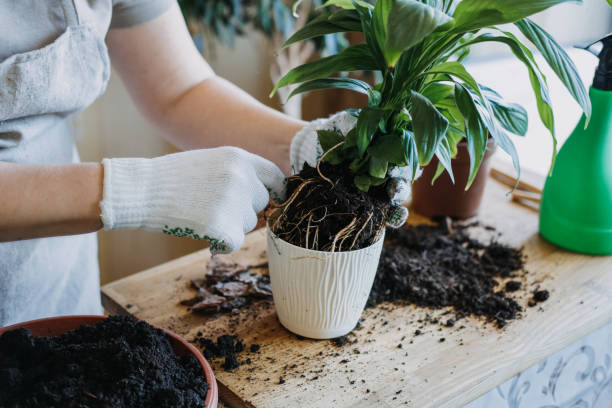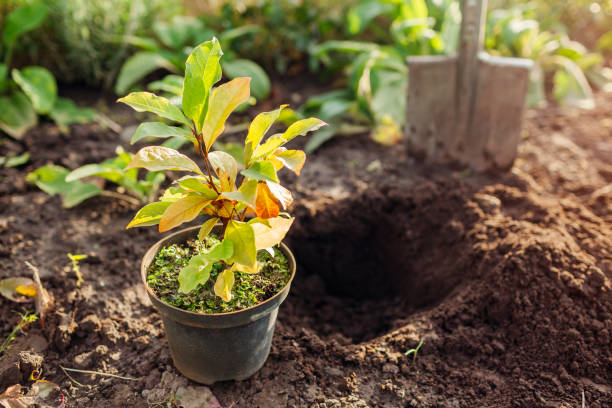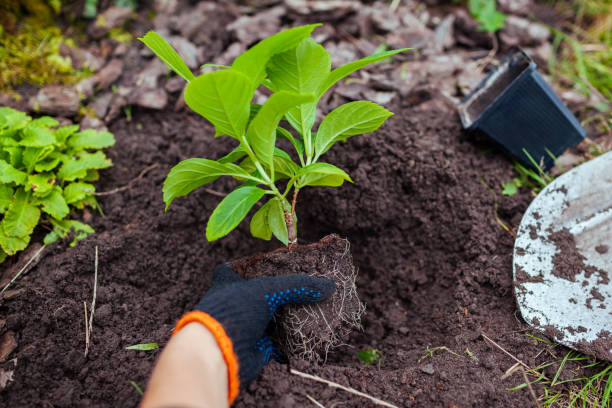The process of transplanting requires careful planning to ensure the best results for your plants. While transplanting is relatively straightforward, there are a few things you can do to ensure your seedlings grow successfully.
Some plants prefer to be moved during their dormant period, while others thrive when transplanted during their active growth phase. Take note of the type of plants you are growing, as some factors will play a significant role in their success.

Image Credit: Pexels
Tips for successful transplanting
Choose the right location
Selecting the perfect spot to transplant is crucial for the long-term health and growth of your plants. Different plants have different soil preferences, so evaluate the soil type and whether it suits the plants you are planning to transplant.
Prepare the soil
Speaking of soil, properly preparing the soil in the new planting area is essential for the successful establishment of your transplanted plants. Make sure you remove any weeds or debris from the area to minimize competition for nutrients. You can also enrich the soil by adding organic matter like compost or even manure.
Watering
Water management is critical during the transplanting process, as some plants prefer moist but not soggy soil. Before removing your plants from their original location, thoroughly water them to make it easier to lift with minimal root disturbance.
After successfully transplanting, thoroughly water the plants in the new location to maintain moisture. Monitor the plants’ watering needs, as they might still need regular watering until their roots have been established.
Handle the plants with care
When transplanting, it’s important to handle the plant gently to minimize stress on its root system. Water the plant a day before transplanting to help the soil adhere better to the roots, reducing the risk of damage during the move. When lifting the plant, try to keep the root ball intact as much as possible.

Image Credit: Unsplash
For successful plant growth, careful planning, gentle handling, and consistent support are essential for ensuring their survival during the transplanting process.
ALSO SEE:
Feature Image: Unsplash


